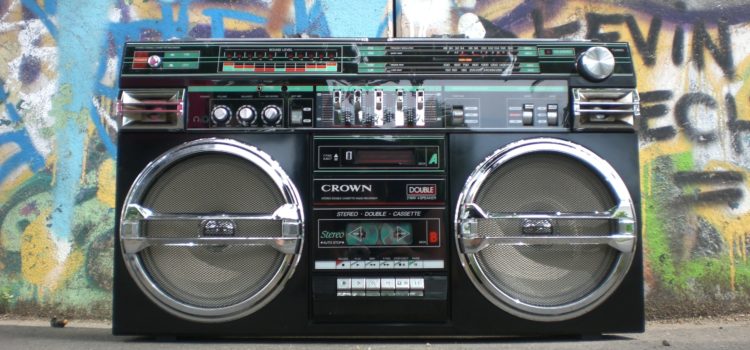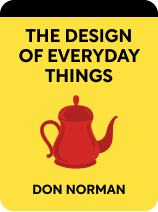

This article is an excerpt from the Shortform book guide to "The Design of Everyday Things" by Don Norman. Shortform has the world's best summaries and analyses of books you should be reading.
Like this article? Sign up for a free trial here .
Are there bad designs in everyday life? When are bad designs actually helpful?
There are many bad designs in everyday life. There are also “bad designs” that are actually good, because they serve a specific purpose.
Read more about bad designs in everyday life, and how they may actually be useful.
Bad Designs in Everyday Life: Are Bad Designs Actually Good?
Until now, this book has focused on identifying and working toward more user-friendly designs. But there are also cases where deliberately designing something to be difficult to use is the best design choice. For example, think back to Norman doors. A door with hardware mounted in a hidden recess at the very top of the door would normally be a nuisance. But if the door is part of a school and is only meant to be operated by adults, not children, mounting the hardware where only adults can see and reach is good design.
“Bad” or intentionally confusing design has many applications. For example:
- Security systems and exterior doors that should only be operated by authorized people.
- Dangerous equipment, materials, or operations (such as safeties on guns, computer dialogue boxes that require entering a password before permanently deleting files, and child-proof caps on medicine and chemical bottles).
- Games and puzzles where challenge is an essential part of the fun.
However, there is a difference between sloppy design and intentionally designing confusing products. Intentionally confusing designs still need to be easy to use and operate for some users, just not all users (for example, a child-proof cap on a medication bottle is not an example of good design if an adult can’t open it either). In other words, you need to know the rules in order to break them well. That means that bad designs in every day life may not actually be bad. This can take many forms, such as:
- Making controls invisible, or positioning them so that only certain people will be able to see and use them (for example, a doorknob placed much higher than normal on a daycare center door to ensure only adults are able to operate it).
- Using unnatural (but specific) mapping, so that only those with appropriate training know which control operates which function.
- Making controls impossible to operate with only one person (for example, by spacing them across the room and requiring simultaneous action). This ensures that no single person can activate dangerous operations.
- Making feedback delayed and unintuitive, or removing it entirely.

———End of Preview———
Like what you just read? Read the rest of the world's best book summary and analysis of Don Norman's "The Design of Everyday Things" at Shortform .
Here's what you'll find in our full The Design of Everyday Things summary :
- How psychology plays a part in the design of objects you encounter daily
- Why pushing a door that was meant to be pulled isn't your fault
- How bad design leads to more human errors






